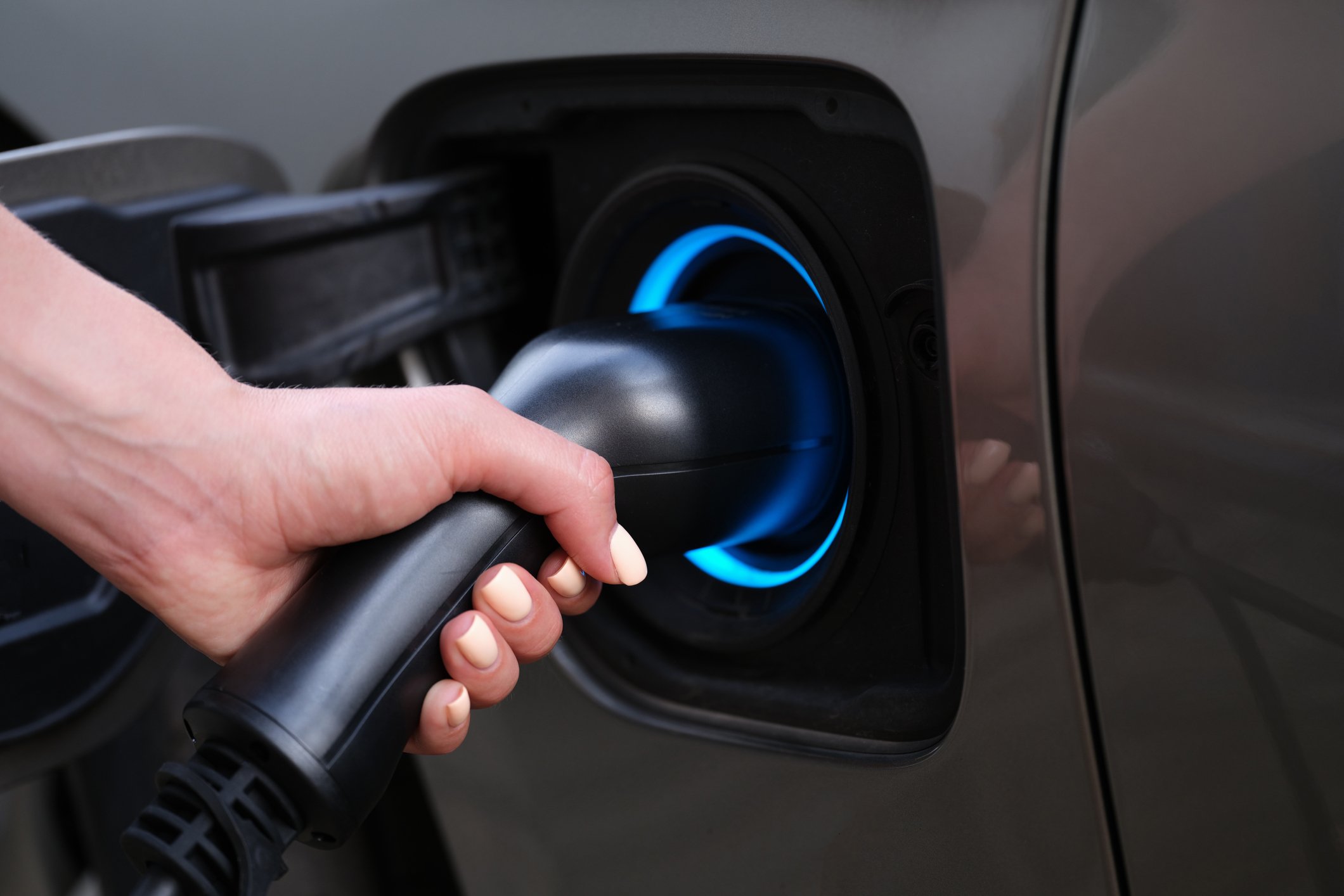"How about safety? Hydrogen is probably as safe or unsafe as gasoline but hydrogen can ignite with low energy in air, no word on safety here."
"Two tanks pressurized to 5 times the pressure in a full steel oxygen cylinder with explosive hydrogen gas next to me? I think I'll pass on that one."
"Remember the Hindenburg!"
-- Comments for my article "Toyota's New Hydrogen Car: An Exclusive Inside Look at This Amazing Technology"
These comments from Motley Fool readers are pretty typical when we start talking about hydrogen-powered cars. And for that, we have one incident to thank:

The 1937 Hindenburg disaster colors people's perception of hydrogen. And while there is much debate about just how culpable hydrogen was in that fire, there's no doubt the universe's lightest element is highly flammable.
But after doing plenty of research, I can tell you I'd much rather drive around with hydrogen in my tank than gasoline. One big reason is that hydrogen, which is 14 times lighter than air, escapes upward at a rapid rate. Heavier gasoline fumes, on the other hand, pool around the leak.
The photo below demonstrates the difference in the event of a collision or other mishap. It's a video-frame capture from research by University of Miami engineering associate professor Michael R. Swain, who conducted a 2001 study on the severity of hydrogen and gasoline fuel leaks and ignition.

Source: Michael R. Swain.
Toyota's solution
Still, the perception of hydrogen is causing automakers to go above and beyond when it comes to designing their hydrogen-powered vehicles. I shot the video below at the recent Washington Auto Show in Washington, D.C., where Toyota's (TM 1.07%) Bob Wimmer showed off a cutaway version of the 2015 Toyota fuel cell vehicle. This hydrogen FCV, possibly named "Mirai," will be released in a few months. Wimmer said the safety design not only included crash testing, but also testing with high-caliber bullets and even the Boeing lightning chamber.
A full transcript follows the video.
Video transcript:
Bob Wimmer, Toyota: The question of safety often comes up with hydrogen vehicles. In this vehicle Toyota has gone to extremes to ensure safety. First, the tanks, which hold 10,000 psi hydrogen, are actually designed to withstand up to 23,000 pounds of pressure on the inside before they burst, so 2.3 times the internal pressure of the tanks. We've also shot high-caliber bullets at them. We have put the vehicle itself in the Boeing lightning chamber and struck the vehicle with lightning. We have run numerous crash tests on the back of the vehicle to ensure the integrity of the tanks, and we've not seen any issues with the tanks or the fuel system at all.
Rex Moore: And you actually have Highlanders on the road with similar tanks... so you have real data to back it up?
Wimmer: We have over 100 [of those] Highlanders on the road today in North America. These along with our test vehicles, our test fleet in Japan, have accumulated over a million miles of actual testing in all conditions -- from over 120 degrees Fahrenheit in the desert to minus 20 degrees Fahrenheit in Canada, and we've not experienced any significant problems.






